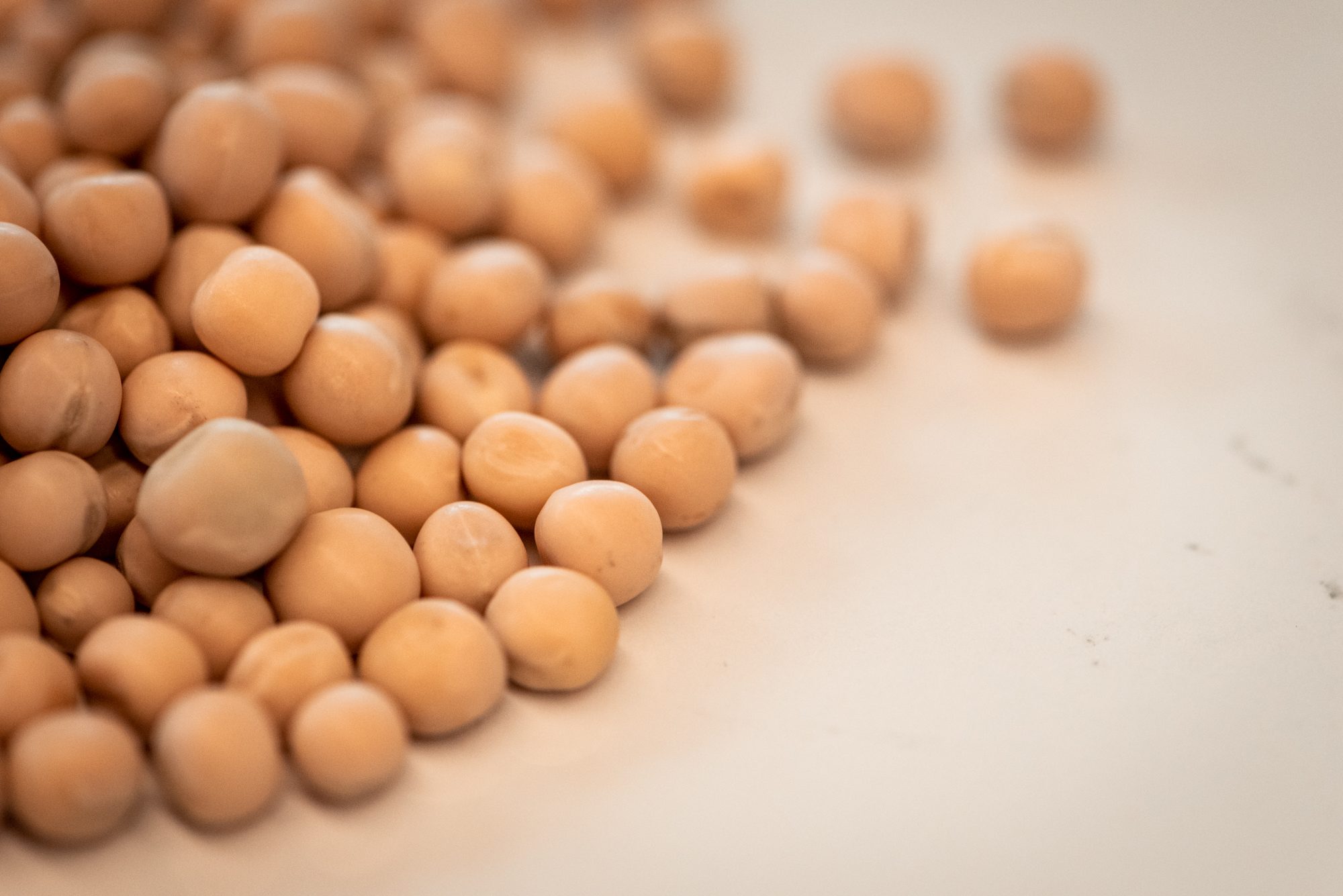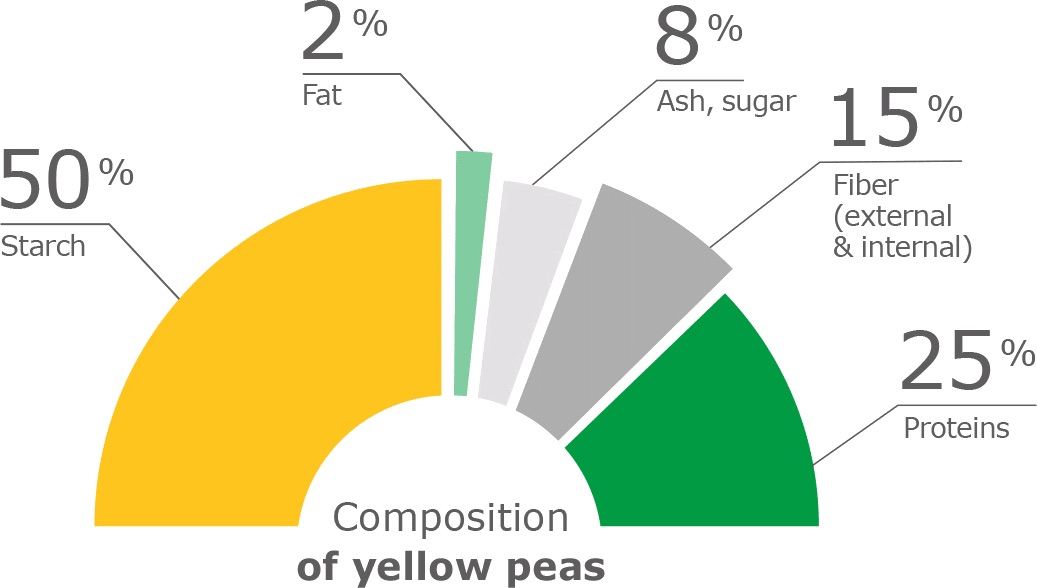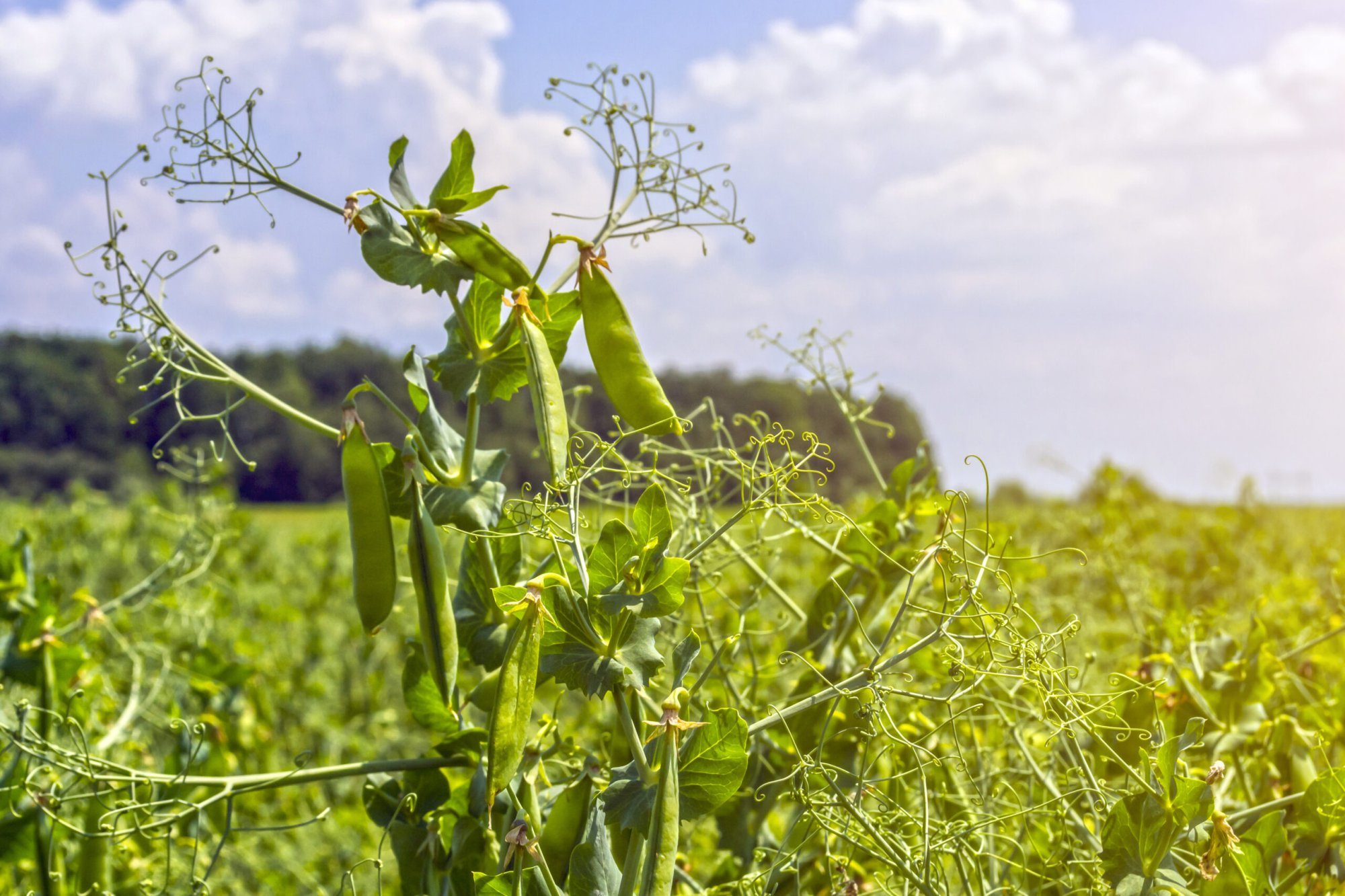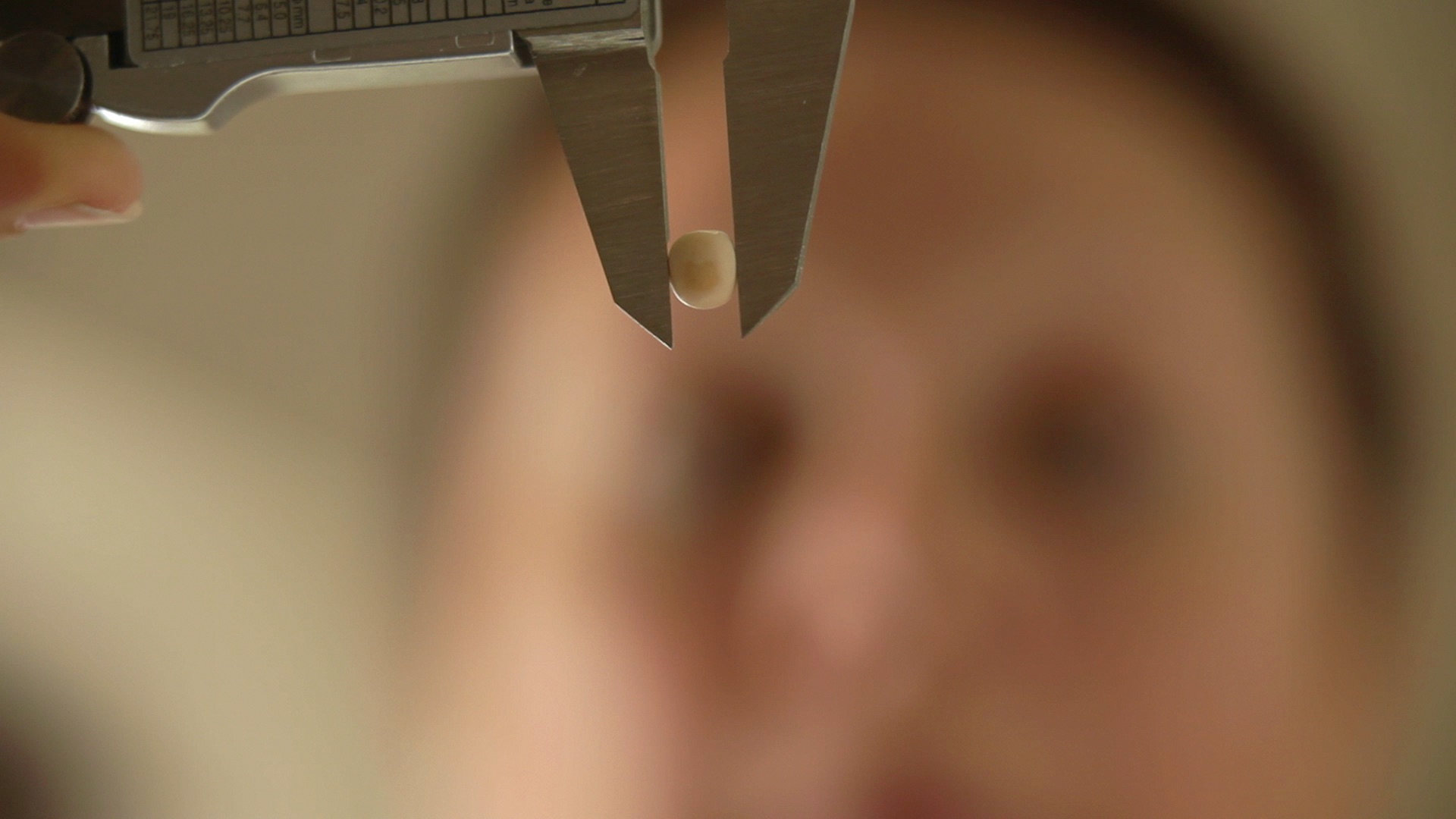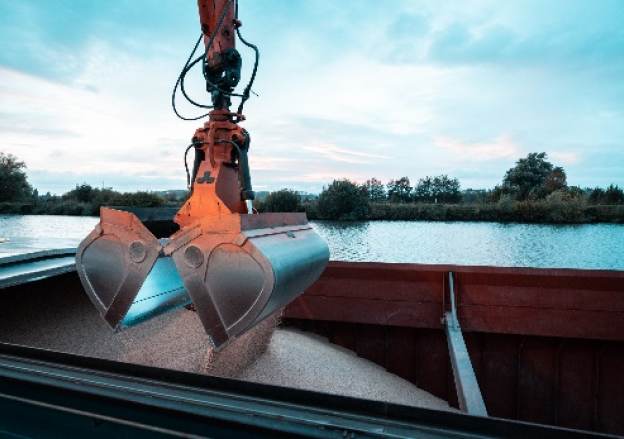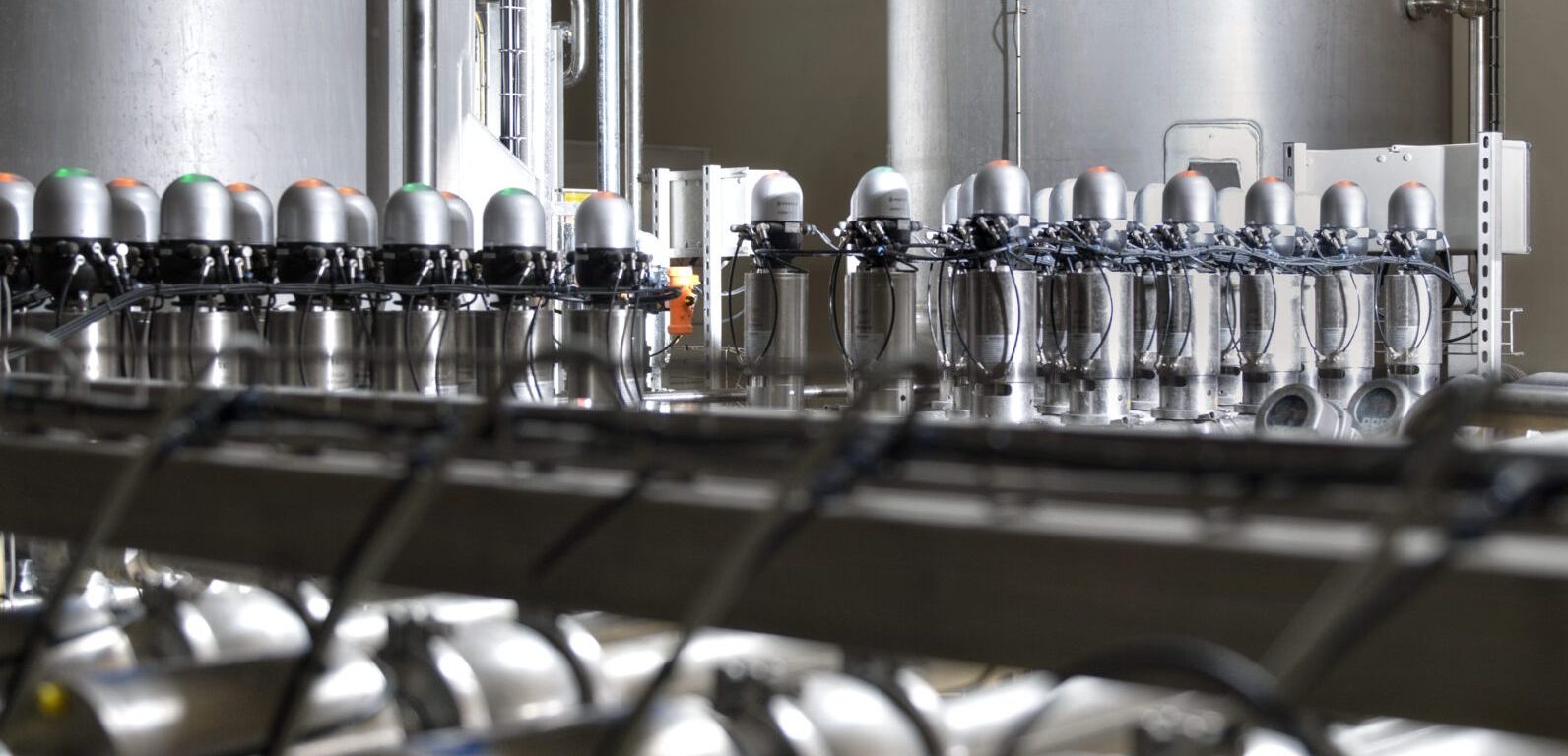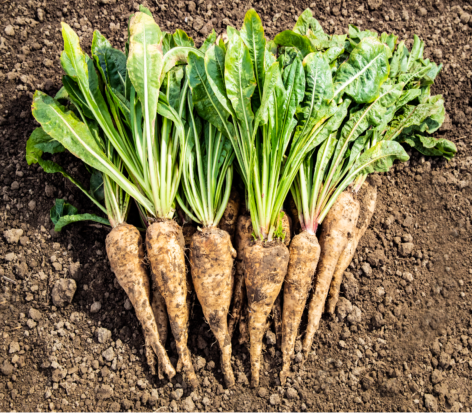Peas (Pisum sativum – green peas, split peas, dry peas) belong to the legume family (pulses). They have been part of human diet all around the world for centuries thanks to the plant’s versatility and near universality. These protein-rich seeds are characterized by their high protein content: 25% on average. Yellow peas have thus become indispensable over the past decades because of their essential nutrients content and their positive environmental impact.
PEA, A HIGHLY NUTRITIOUS RAW MATERIAL
100% of the pea components are valorized through processes!
Yellow peas are a preferred source of protein with an average of 25% content in the seeds. But it is not only about protein! Peas are mainly composed of starch, fibre and proteins. From peas, COSUCRA offers :
- PISANE™ pea protein rich in essential nutrients for healthy, tasty and sustainable end-products
- SWELITE™ pea fibre perfect for its functional performances and sensory qualities improvement
- NASTAR™ pea starch with high amylose content, unique gelling and thickening properties
PEA CROPS: A POSITIVE IMPACT ON THE ENVIRONMENT
But not all plant-based ingredients have the same impact. Peas are not only an ideal element of a healthy diet, they are also sustainable!
It minimal impact on the environment makes pea protein a particularly sustainable source of nutrients when compared to other protein sources:
- takes at least 70 times less energy to product 1g of pea protein compared to 1g of animal protein
- impact of producing 1 g of pea protein on greenhouse gas emissions is 500 times lower than that of producing 1 g of animal protein
SUSTAINABLE BENEFITS OF PEA CROPPING
- Nitrogen-fixing crops which allows an increase in soil carbon and therefore can benefit crop yields
- Low nitrogen demand, relying less on nitrogen fertilizer and more on nitrogen fixed by pea plants
- Highly water efficient with less than 5% under irrigation
- Limited use of pesticide
- Lower use of farmland with an interesting ratio protein by ha
YELLOW PEAS IN REGENERATIVE AGRICULTURE
To address climate change, sustainable agricultural approaches like regenerative agriculture have reemerged. This approach aims to improve soil health and soil fertility while guaranteeing water management and protecting biodiversity. It protects our Nature with practices that sequester more carbon in the soil and help farmland to be more resilient to extreme weather conditions and pests. Farmers use techniques such as carbon sequestration (no-till farming, rotational grazing, cover cropping, etc.), limited use of fossil-fuels based fertilizers and pesticides, and increased biodiversity to maintain soil’s health.
Pea cultivation fits those farming principles: no fertilizer needed, nitrogen fixation, less chemical products and it is a good rotation head. Yellow peas build soil health, diversify crop rotation and they have short cycle. That’s why COSUCRA and its partners are investing in different production programs labelled “regenerative production” from the harvest.
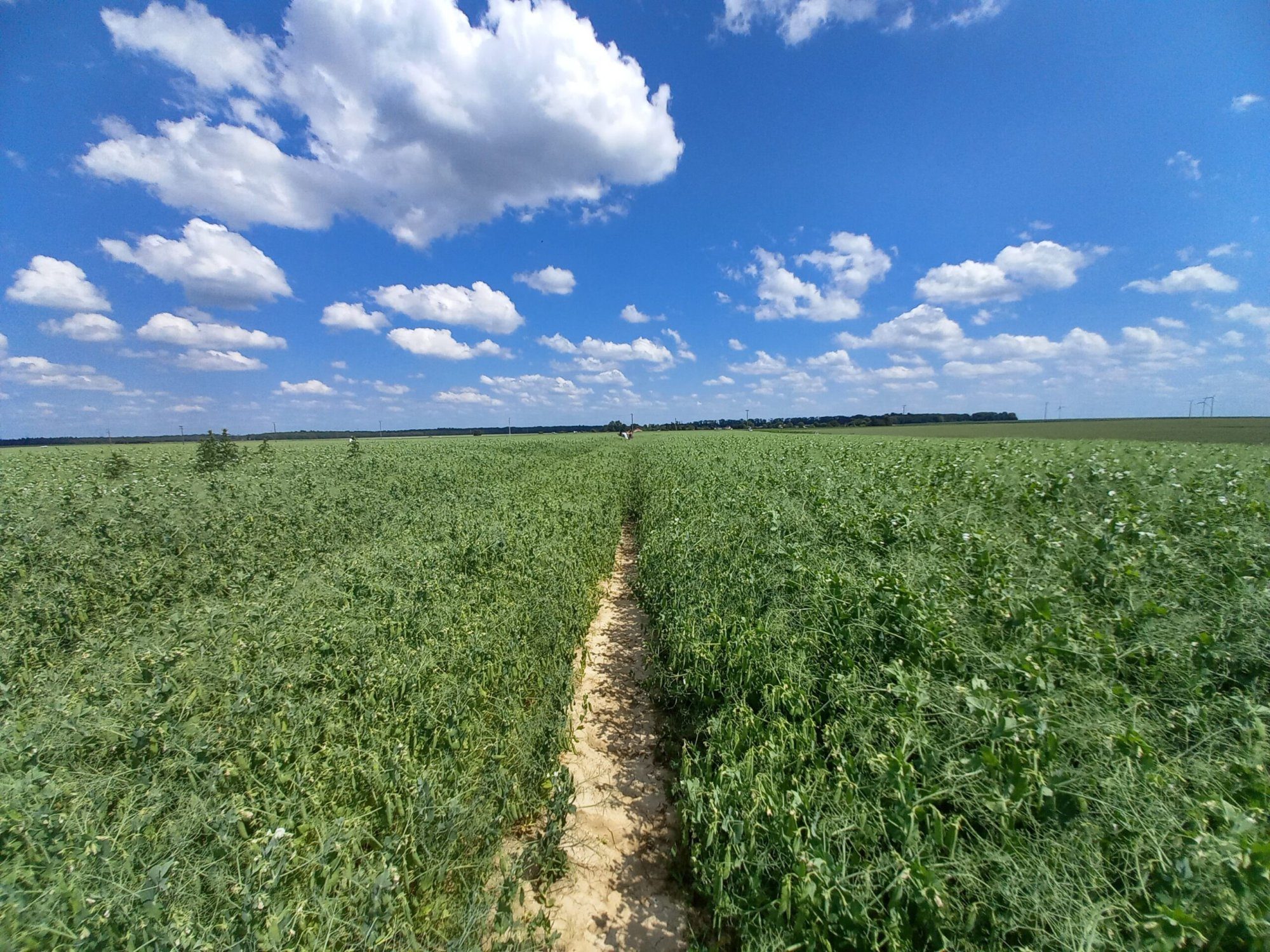
HIGH QUALITY, EUROPEAN PEAS
Our peas are carefully selected through our crop collecting partners from Belgium, France, and the rest of Europe according to our own quality standards. Our agronomists are constantly working together with pea suppliers, 80% being cooperatives, to make sure that the selection and quality assurance process for yellow peas never falters. We select peas following high standard specifications, with a screening on pesticides, mycotoxins, contaminants, and allergens.
EFFICIENT TRANSPORT
Our plant is located close to the Scheldt River which facilitates transportation by water and allows us to minimize road transport. Today, more than 75% of our crop supply is done by waterway – a good way to reduce our carbon footprint.
AN EFFICIENT PROCESS
Pea protein extraction does not require the use of organic solvents such as hexane, compared to some types of plant-based protein. Our manufacturing process is therefore solely based on the physical separation of the pea compounds. As a result, we are able to not only guarantee the nutritional value of the extracted protein, but also limit our environmental impact.
Discover our other raw material
